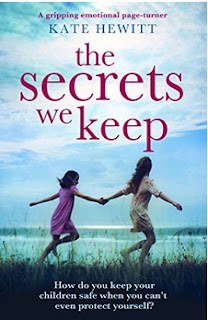In 2016 I had a serial A Time to Reap published in The
People’s Friend. And from 18 January 2019, it’s having a new lease
of life as it’s being serialised in a daily newspaper (print edition), another D C Thomson
publication, The Courier.
I don’t think I’ve enjoyed writing anything
quite so much as this. It’s set in a Highland farming community in 1963. So,
yippeee, one modern writerly problem was dispensed with right away – no need to
worry about 21st-century methods of communication (about which I blogged here).
And as I was brought up in such a community at that time there would be no
requirement to do any research.
Or so I thought.
The main characters, including my heroine, farm
manager Elizabeth Duncan, are of course grown-ups; I quite wee in 1963 so I had
to think from a different perspective. And just because you lived on a farm
doesn’t mean you know anything about farming – especially if you were a child
who spent most of her time indoors with her nose in a book.
Among the many questions I asked Google/my cousin David/a farm-implement blogger/fashion-expert friend/lawyer husband of (different)
friend and a manual bought in a junk shop called The Farm as a Business: A Handbook of Standards and Statistics for use
in Farm Management Advisory Work, published for the Ministry of
Agriculture, Fisheries and Food in 1957, were:
How bad was that snowy winter 1962/63?
How would you look after your sheep in those
conditions?
What would you be planting/harvesting in the
different seasons?
Good reasons for expanding a dairy herd?
How do you persuade an angry bull into a pen?
What style/colour of dress would suit tall,
fair-haired Elizabeth to wear to the gillies’ ball?
How much did it cost to send a letter in
1963?
Did you have to get a provisional driving licence
then?
Adoption law in Scotland at the time?
If you don’t manage to get hold of The Courier and you want to find the
answers to these questions … you can read A Time to Reap on Kindle; it is also available in large-print from libraries.
It’s April 1963 in the
Scottish Highlands. Elizabeth Duncan, widowed with two small daughters, is the
farm manager on the Rosland estate, the job previously held by her husband,
Matthew. Following a hard, snowy winter, her working life is made more
difficult by the unpleasant estate factor.
Elizabeth enjoys support in the small community from family and friends, including her cousin Peggy and local vet Andy Kerr. The arrival of an American visitor at Rosland House unsettles her in a way she hadn’t expected but, after Matthew’s mysterious death, a new relationship has been the last thing on her mind. However, as she dances at the annual estate ball in September, that may be about to change …
Elizabeth enjoys support in the small community from family and friends, including her cousin Peggy and local vet Andy Kerr. The arrival of an American visitor at Rosland House unsettles her in a way she hadn’t expected but, after Matthew’s mysterious death, a new relationship has been the last thing on her mind. However, as she dances at the annual estate ball in September, that may be about to change …


























